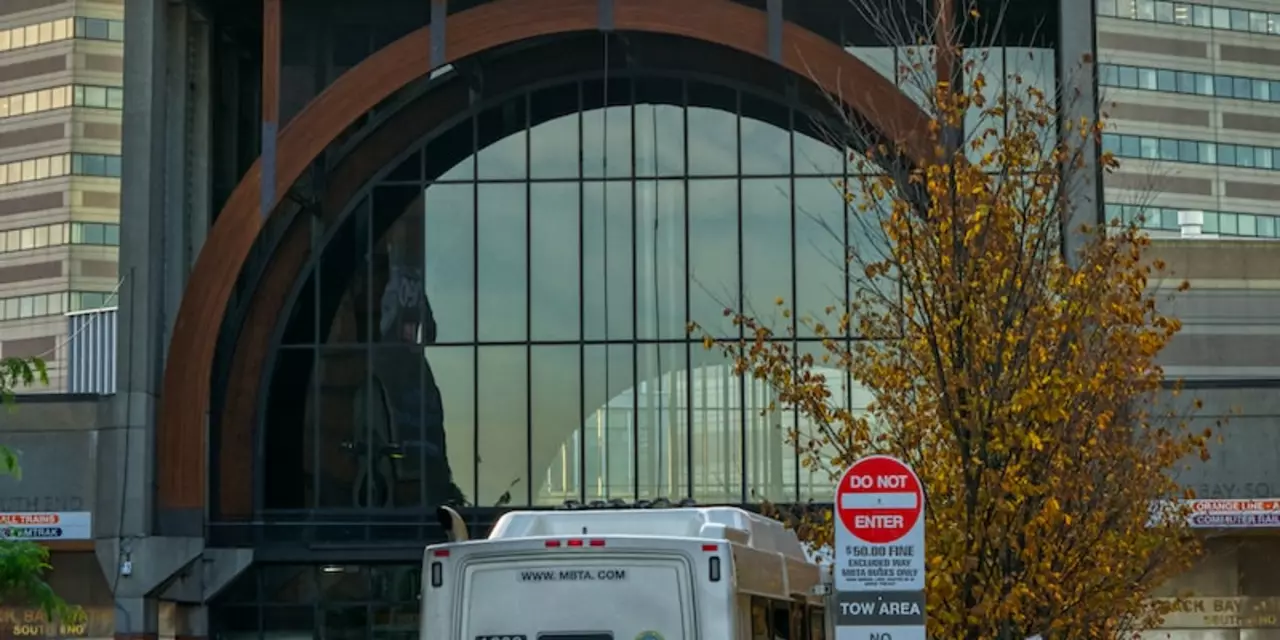Full Back – What They Do and How to Play It
If you’ve ever watched a street soccer game and wondered why the player on the side keeps running up and down the line, that’s the full back. They’re the link between defense and attack, and they can make the difference between a solid back line and a leaky one. In this guide we’ll break down what a full back actually does, the skills you need, and some drills you can start doing today.
Core Responsibilities of a Full Back
First off, a full back’s main job is to stop the opponent’s wingers from getting past. That means staying tight, timing tackles, and forcing the ball wide. At the same time, you have to help your team move forward. When the ball is in the middle, you’ll overlap the midfielder and provide width, giving the striker more space.
Another key duty is covering. If the winger cuts inside, you slide in to fill the gap. If the ball is kicked long, you sprint back and defend the corner flag. Good positioning means you’re always ready for the next move, without having to chase the ball from scratch.
Communication is also a full back’s secret weapon. Let your centre‑backs know when you’re stepping up, and shout if you see an attacker sneaking behind. A quick call can stop a dangerous counter‑attack before it even starts.
Training Tips to Become a Better Full Back
Speed is a must. Do short sprints of 10‑15 metres with quick changes of direction. Try a ladder drill: one foot in each square, then two feet, then side‑shuffle. It builds the agility you need to match a fast winger.
Work on your tackling technique. Set up a partner, have them dribble at you, and practice sliding in cleanly. Focus on staying on your feet and using the side of your foot to push the ball away, not your studs.
Crossing practice rounds out the role. From the wide area, deliver a low, driven ball into a target zone. Aim for a small rectangle about 10 metres out from the penalty spot. Repetition builds confidence, and a good cross can turn a defensive job into a goal‑scoring chance.
Finally, watch games. Pick a professional full back you like – maybe a local hero or a top league player – and notice how they position themselves when the ball is on the opposite flank. Notice when they choose to overlap versus when they stay back. You’ll pick up habits that training alone can’t teach.
Remember, the full back isn’t just a defender; they’re a catalyst for attack. Master the basics, stay disciplined, and add a few extra runs up the line, and you’ll see your team become tougher at the back and more dangerous going forward. Ready to give it a go? Grab a ball, hit the streets of Halton, and start practicing today.
